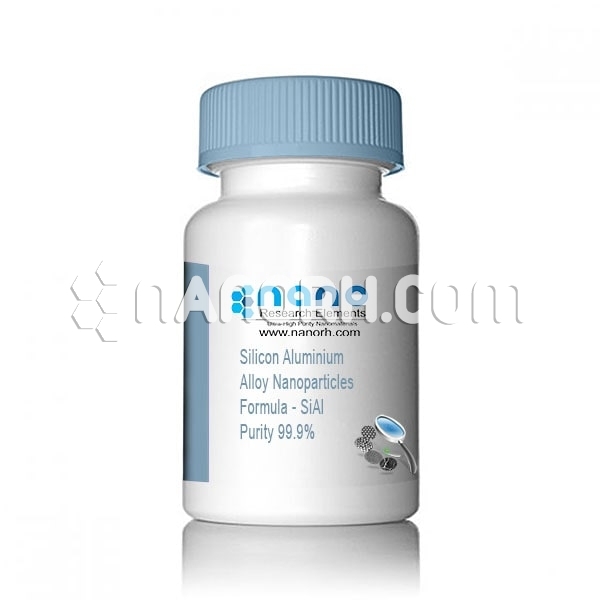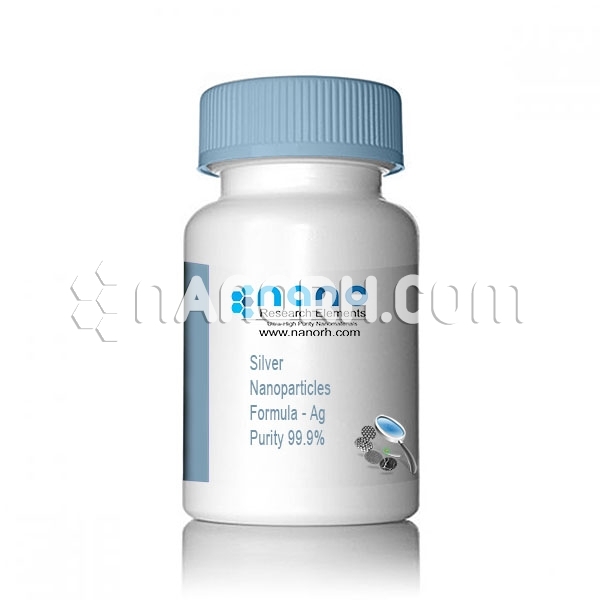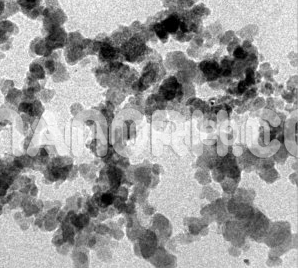| Silicon Aluminium Alloy Nanopowder | |
| Product No | NRE- 2041 |
| CAS No. | 11145-27-0 |
| Formula | SiAl |
| APS | <100nm (Can be Customized) |
| Purity | 99.9% |
| Color | Black |
| Molecular Weight | 55.067038 g/mol |
| Density | 2.6 gm/cm3 |
| Melting Point | 600-760 °C |
| Boiling Point | NA |
Silicon Aluminium Alloy Nanopowder/Nanoparticles
Aluminum (or Aluminum) (atomic symbol: Al, atomic number: 13) is an element of Block P, Group 13, Period 3 with an atomic weight of 26.9815386. It is the third most abundant element in the earth’s crust and the most abundant metallic element. Aluminum model Bohr The name Aluminum is derived from alumina, the mineral from which Sir Humphrey Davy tried to perfect it in 1812. Only in 1825 Hans Christian Oersted isolated aluminum. Aluminum is a silver-gray metal that has many desirable characteristics. It is light, non-magnetic, and does not produce sparks. It occupies the second place among the metals in the scale of malleability and the sixth in the ductility. It is widely used in many industrial applications where a strong, light, and easily constructed material is needed. Elemental aluminum Although it has only 60% of the electrical conductivity of copper, it is used in electric transmission lines because of its lightness. Pure aluminum is soft and resistant, but in alloy with small amounts of copper, magnesium, silicon, manganese, or other elements, it gives a variety of useful properties.
Silicon (atomic symbol: Yes, atomic number: 14) is an element of Block P, Group 14, Period 3 with an atomic weight of 28.085. Silicon Bohr Molecule The number of electrons in each of the Silicon shells is 2, 8, 4 and its electronic configuration is [Ne] 3s2 3p2. The silicon atom has a radius of 111 μm and a Van der Waals radius of 210 μm. Silicon was first discovered and isolated by Jöns Jacob Berzelius in 1823. Silicon accounts for 25.7% of the earth’s crust, by weight, and is the second most abundant element, surpassed only by oxygen. The metalloid is rarely found in the form of pure crystal and is usually produced from ferrosilicon.




